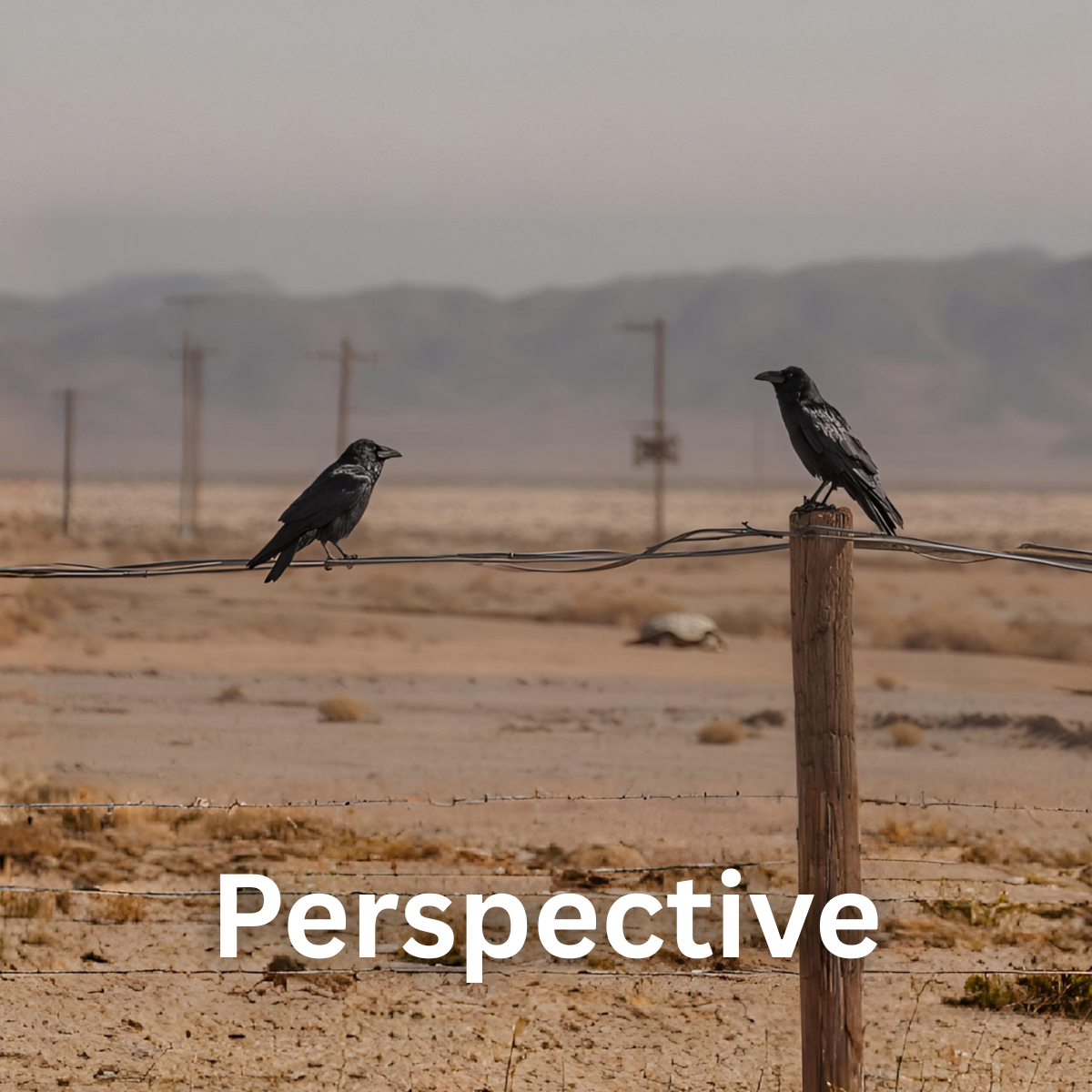We are experiencing what is known as a Black Swan event—a moment in history that was largely unpredicted but brings massive, sweeping change. The restructuring of world trade, with the United States taking a far more aggressive stance on balancing global trade flows, will most likely be considered one of these events.
When the dust settles, people will begin to claim that we should have seen this coming—that the political rhetoric was obvious. Theorists will talk endlessly about all the so-called signs. But the reality is that no one was planning for this, and no one knew—nor knows—how to react. This is a Black Swan event.
I often like to reflect on the language we use in English to see if it offers any insight. Today, I was in an office that had a picture of a black swan on the wall, which felt appropriate considering the nature of the conversation we were having.
So, where does this expression come from? It’s actually quite simple. For centuries, Europeans—and most of Western civilization—believed that all swans were white. This wasn’t just a casual belief; it was a prevailing and accepted assumption. That is, until explorers in Australia discovered black swans. This single observation shattered the long-held belief and forced people to question their assumptions about nature and what they thought they knew. In hindsight, it seemed obvious that swans, like other species, could come in different colors. People pointed to “logical” signs they had previously missed. But the truth is, people had been so convinced by this universal myth that only an actual Black Swan could change their minds.
In 2007, Nassim Nicholas Taleb authored the book The Black Swan: The Impact of the Highly Improbable. It recapped many of his earlier writings on risk assessment in complex systems, like the financial markets. His primary argument? You can’t predict extreme outliers—you can only prepare for them.
That message resonated with me. At the height of one of my company’s growth phases, the 2008 global financial crisis struck. Years later, I’d feel guilty for not recognizing the signs or reacting more decisively. When credit markets started to freeze, I chose to dip into operating cash and press forward with sales growth. I didn’t expect all credit lines to freeze or certain clients to simply stop paying for ongoing projects. That was a difficult time—and it wasn’t easy to recover from. But in hindsight, no one could have truly predicted what happened. The lesson I took away was this: I didn’t need to be a superhuman sleuth who could foresee every twist in the market. I needed to be better prepared.
And now, here we are again—in another time when many are panicking, overreacting, and blaming, wondering what they should have done differently. But if Taleb was right, the only thing we should have done was to always be prepared for Black Swan events, because they will happen. We don’t know when, what form they’ll take, or how they’ll occur—but they will. We tend to think everything is going well… right up until it’s not.
You just can’t predict these kinds of things. What you can do is build resilience to survive them.
One thing I’ve learned is to be extremely skeptical of anyone who claims to forecast the future with absolute certainty. Black Swan events will always disrupt plans—that’s the only real constant. Randomness and uncertainty are part of life.
Taleb suggests a concept called the barbell strategy: be extremely conservative with your core resources, while taking small, speculative bets with high risk and high reward potential. If you have everything sitting in high-risk positions and a Black Swan hits, you get wiped out. That’s the definition of high risk.




